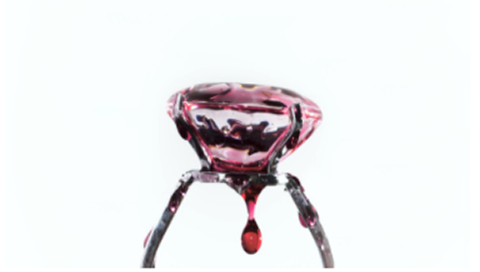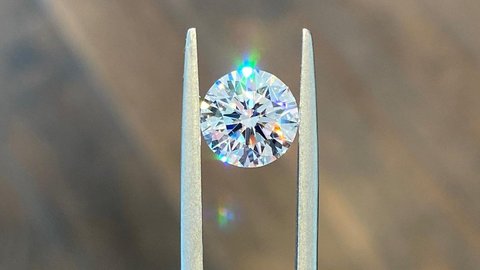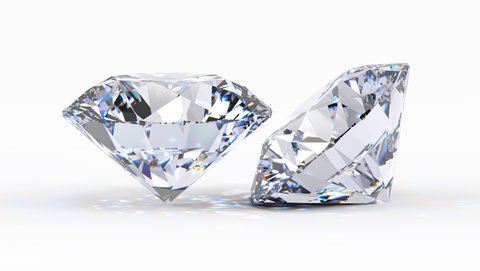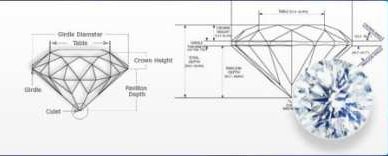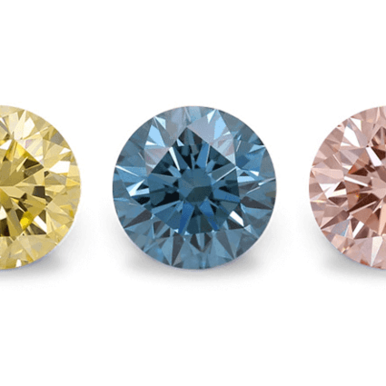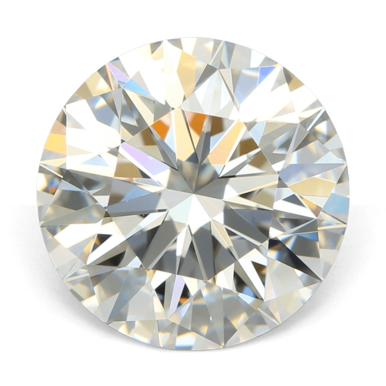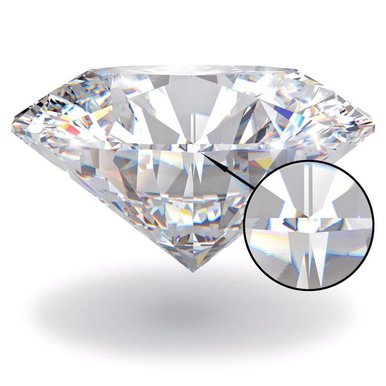The Use of Lab Grown Diamonds in the Optical Industry
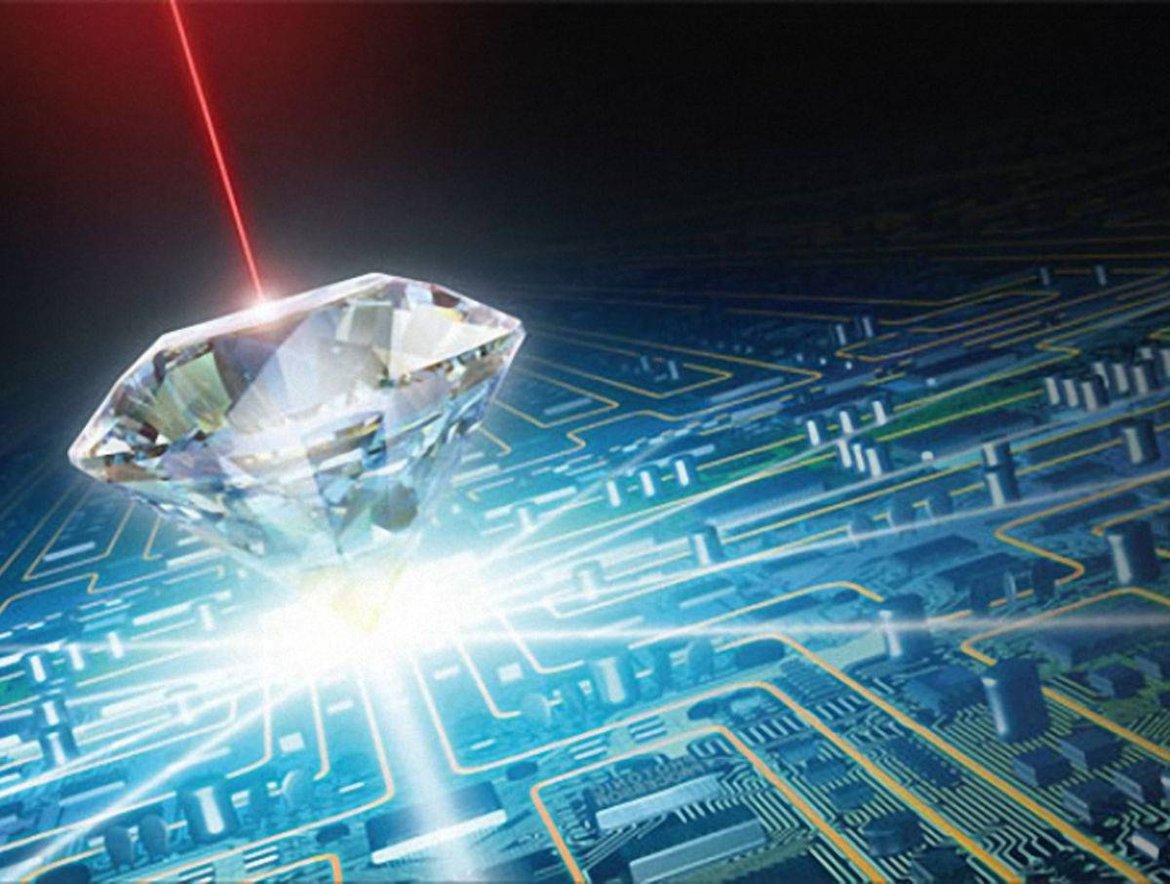
Lab grown diamonds (LGDs) have exceptional optical properties that are uniquely suited for advanced applications in lasers, spectroscopy, quantum optics, and other cutting-edge optical technologies. Their high refractive index, thermal conductivity, and extreme durability allow optical engineers to push the boundaries of what's possible.
Optical Properties of LGDs
- Refractive Index: With a refractive index of 2.4, LGDs can manipulate light in ways that glass and crystals cannot. This enables tighter focusing and reflection of beams.
- Thermal Conductivity: As the most thermally conductive material on Earth, LGDs can dissipate heat that builds up in high-power laser systems. This helps lasers maintain stability and prevents damage.
- Durability: Ranking 10 on the Mohs scale, LGDs are incredibly hard and resistant to scratching. This durability is vital for optical components facing high-energy beams.
Applications in Optics
Thanks to these properties, lab grown diamonds are being integrated into:
- Laser Technology: As output couplers, amplifier rods, heat spreaders, and frequency conversion crystals.
- Spectroscopy: As Raman spectroscopy substrates for quantitating chemical composition.
- Optical Windows: To transmit a range of wavelengths while withstanding high pressure, heat, and corrosion.
- Quantum Optics: As vital components of quantum computing systems and sensors.
- X-Ray/Gamma-Ray Detectors: Their wide band gap enables detection of high-energy radiation.
What is Optical Grade Lab Grown Diamond?
Optical grade LGDs meet exacting standards for exceptional clarity, colorlessness, and precision cutting to suit optical applications. They are categorized as CVD or HPHT grown diamonds with FL color ratings and IF, VVS1 or VS1 clarity grades. Institutions purchase custom cuts like wafers, disks, and rectangular blocks.
Institutions that Buy Optical Lab Grown Diamonds
Aerospace companies, national laboratories, laser manufacturers, universities, and high-tech companies all utilize lab grown diamonds for research and optical systems development involving lasers, sensors, particle detectors, and quantum devices. Major hubs include Silicon Valley and Boston in the U.S. along with innovation centers globally.
The Future of Laboratory Diamonds in Optics
As the optical properties of lab diamonds become more tailored and production costs decrease, increasingly sophisticated applications will emerge. We foresee lab grown diamonds becoming essential building blocks for next-gen lasers, quantum networks, cancer treatments, VR/AR, autonomous vehicles, and other transformative technologies. The optical future is diamond bright!







